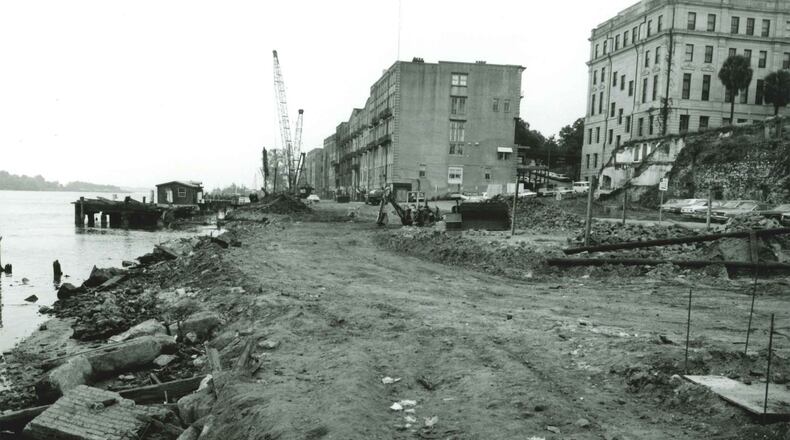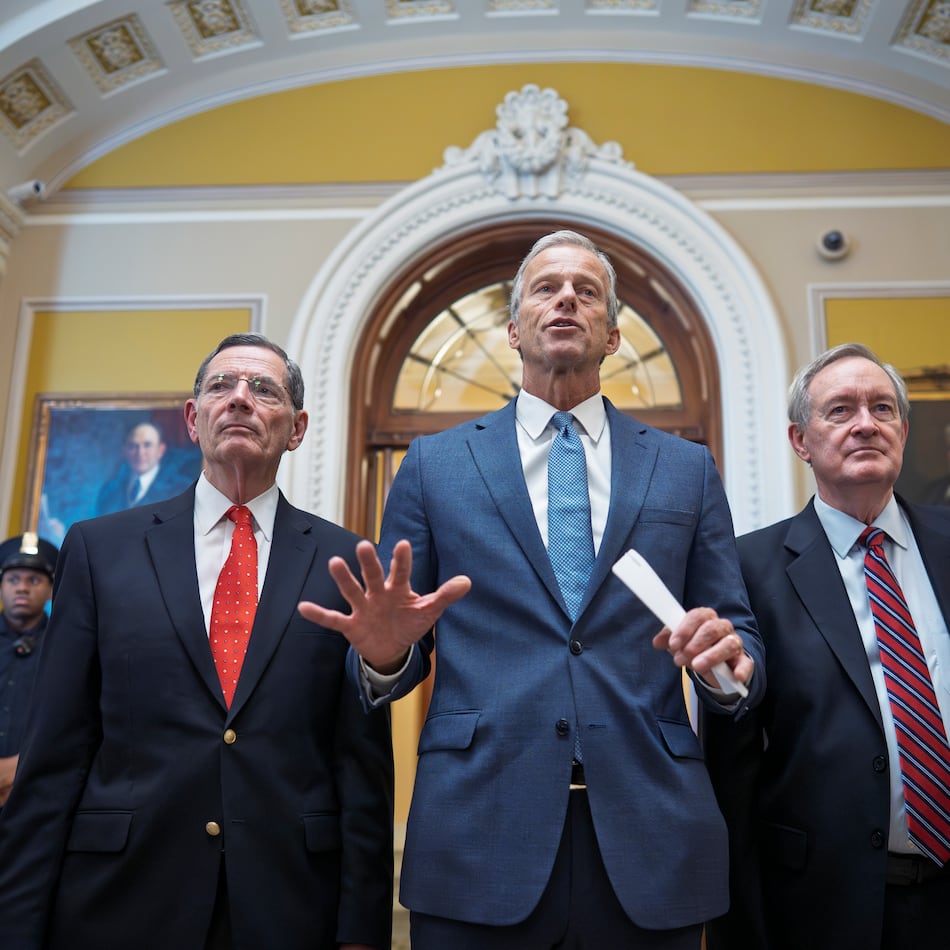While the Thomas Gamble Building may carry the name of a 20th century Savannah mayor and has served as home to many city government departments over the past 80 years, its modern role as an annex to City Hall often overshadows its early history as a hub for commerce and trade.
Built in 1877 by contractor W. G. Butler for New York financier Eugene Kelly, from whom it took its original name, the commercial building replaced a grander 1869 Kelly Building (also known as Kelly’s Block) destroyed by fire. Eugene Kelly was a native of Ireland and amassed a fortune estimated at $10 million in 1890, greatly due to his involvement in the construction of the Panama Canal. He was a major benefactor of St. Patrick’s Cathedral in New York City and Catholic University in Washington, D.C., and served on the committee for the dedication of the Statue of Liberty.
In Savannah, he organized the Southern Bank of Georgia in 1870. Through the first half of the 20th century, Kelly’s Block tenants included commission merchants, cotton factors, naval stores and lumber dealers, as well as foreign consul offices. Buildings such as the Kelly Building, which lined River Street on one side and Bay Street on the other, were the heart of Savannah’s busy port and commercial district.
The Kelly Building was strategically located on Factors Walk, close to the City Exchange/City Hall, as well as the Cotton Exchange, convenient for both foreign consuls needing access to government leadership, as well as merchants and factors needing access to the Exchange, wharves, and warehouses.
Several prominent Savannah firms were located in Kelly’s Block for many years, including the John Flannery Co., which moved into the building in 1877, and Purse Printing & Paper Co., which occupied space for over 60 years.
Credit: Courtesy of the City of Savannah Municipal Archives.
Credit: Courtesy of the City of Savannah Municipal Archives.
In 1942, the City of Savannah became a tenant, and they purchased the building for $25,000 the following year to use as a City Hall Annex. The City slowly introduced local government tenants as commercial tenants moved out (largely due to the transition of the port upriver after World War II), including the State Highway Department, the Chatham County Board of Public Welfare, and the Savannah Public Library.
In July 1945, Mayor Thomas Gamble Jr. died and the following September the Annex was renamed in his honor. Gamble, a popular newspaperman, local historian, and six-term Savannah mayor, believed his most important contribution to the community was the establishment of Armstrong Junior College in 1935 (now part of Georgia Southern University).
Since the 1940s, the building has accommodated a variety of City departments, including Engineering, Housing, and the Chatham County-Savannah Metropolitan Planning Commission. Since the 1980s, the city has leased out the lower River Street level to commercial tenants to support the riverfront as a tourist destination.
To learn more about the history of the Thomas Gamble Building, visit: bit.ly/gamblebldg.
City of Savannah Municipal Archives, Archives@savannahga.gov, Discover the Archives: savannahga.gov/MunicipalArchives.
This article originally appeared on Savannah Morning News: Savannah Archives: Millionaire Eugene Kelly financed 1877 construction of Gamble Building
The Latest
Featured



